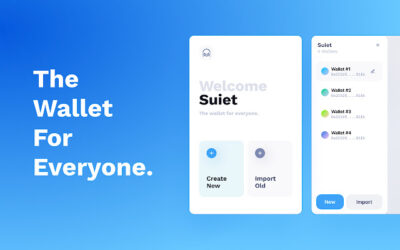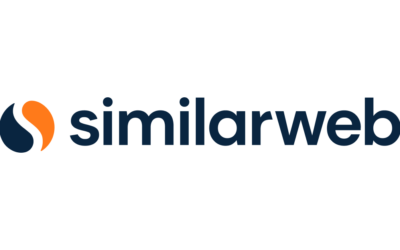:
In today’s digital age, web browsing has become an integral part of our daily lives. Whether for research, entertainment, or work, we rely heavily on web browsers to access information. But what if you could tailor your browsing experience to your exact needs, control the flow of data, and optimize the way you interact with websites? This is where browser extensions come into play, and among them, Requestly shines as a versatile tool for Chrome users.
Understanding RequestlyA Brief Overview
Requestly is a browser extension designed primarily for Google Chrome, although it’s also available for Firefox. This powerful tool empowers users to modify and manage network requests made by their browsers. These network requests include HTTP requests like loading images, scripts, stylesheets, and other resources that are essential for rendering web pages. With Requestly, users can manipulate these requests to customize their browsing experience or streamline their web development process.
Features and Functionalities
Requestly offers an array of features that cater to both regular users and web developers, making it a valuable addition to the Chrome browser. Let’s delve into some of its key functionalities:
- URL RedirectionWith Requestly, users can redirect specific URLs to different destinations. This can be particularly handy when you want to open a particular website in a new tab or direct a URL to its mobile version automatically.
- Modify HeadersThe extension allows you to modify HTTP headers for requests. This is essential for web developers who want to test how their websites or applications respond to different headers.
- Replace ResourcesRequestly enables users to replace resources like images, scripts, and stylesheets with custom URLs. This is valuable for testing different versions of resources without altering the original files.
- Block RequestsYou can block specific requests from loading, which is helpful when you want to eliminate annoying ads, tracking scripts, or any other unwanted content.
- Rewrite RulesThis feature is particularly beneficial for web developers. You can create rewrite rules to modify URLs dynamically, helping you test various scenarios without changing the actual code.
- User-Agent SwitcherWith the user-agent switcher functionality, you can mimic different user agents to see how websites respond to various devices and browsers.
- Script InjectionFor advanced users, Requestly allows you to inject custom scripts into web pages. This can be used for a variety of purposes, such as enhancing website functionality or testing new code.
- Import and ExportRequestly enables you to save and share your configurations by importing and exporting rule sets. This is useful for collaboration and ensuring consistency across different browsers or devices.
Use Cases and Benefits
The versatility of Requestly makes it a valuable tool for a wide range of users:
- Ad-Free BrowsingTired of pesky ads disrupting your online experience? Requestly lets you block ad-related requests, giving you a cleaner and faster browsing experience.
- Web Development and TestingWeb developers can use Requestly to test different scenarios, headers, resources, and user agents, facilitating comprehensive testing and debugging.
- Customized ExperienceCustomize how websites appear and function by modifying resources, headers, and URLs. For instance, you can replace stock images on websites with your preferred images.
- SEO and MarketingMarketers and SEO professionals can use Requestly to analyze how websites behave under different user agents, ensuring a seamless experience for different audiences.
- Enhancing PrivacyBy blocking tracking scripts and requests, Requestly helps protect your privacy while you browse the web.
- Accessing Mobile VersionsRedirect specific URLs to their mobile counterparts, ensuring a smooth transition between devices.
Getting Started with Requestly
To get started with Requestly, follow these simple steps:
- Install the ExtensionVisit the Chrome Web Store and search for “Requestly.” Click the “Add to Chrome” button and confirm the installation.
- Access the InterfaceOnce installed, you can access Requestly by clicking on its icon in the Chrome toolbar.
- Create RulesInside the Requestly interface, you can start creating rules based on your needs. Choose from various rule types, such as Redirect, Modify Headers, Replace Host, and more.
- Apply RulesAfter creating rules, they can be activated or deactivated with a simple toggle switch. This allows you to apply rules only when needed.
- Test and EnjoyExperiment with different rule configurations to tailor your browsing experience or facilitate your web development endeavors.
Conclusion
Requestly is a potent browser extension that offers users a wide array of tools to modify and manage network requests. From customizing how websites behave to streamlining web development and testing processes, this extension empowers users with control and flexibility. By enabling URL redirection, header modification, resource replacement, and more, Requestly proves its value to both regular users seeking a tailored browsing experience and web developers striving for efficient testing and debugging. With its user-friendly interface and extensive features, Requestly stands as a must-have extension for those looking to enhance their web interactions and development practices.








0 Comments